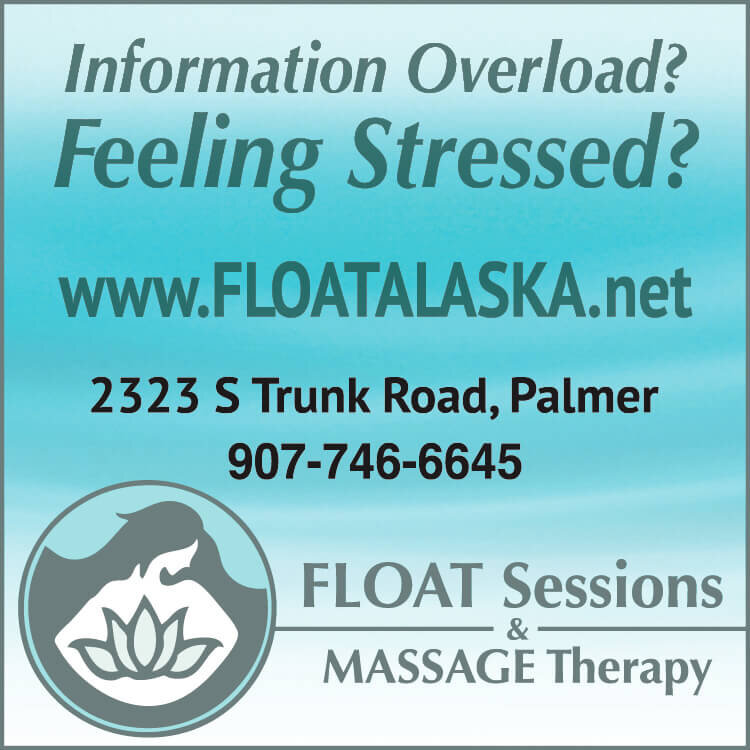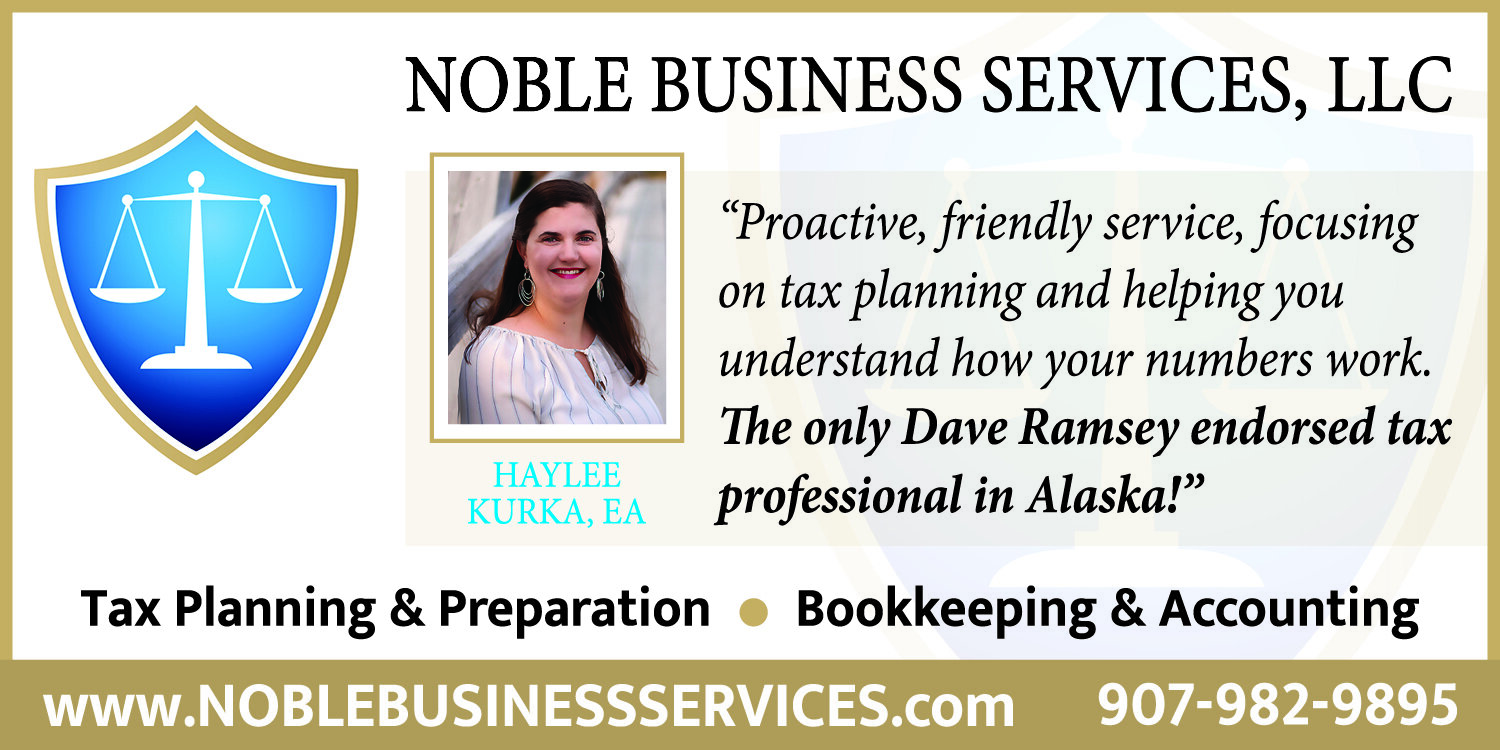Contributed by Robert Griffin, Senior Education Research Fellow, Alaska Policy Forum & Bethany Marcum, M.S., Executive & Policy Director, Alaska Policy Forum
The Problem:
Statistics for literacy amongst Alaskan children are dismal. Alaska’s K-12 education system has arguably the worst student outcomes in the nation in the fundamental task of teaching children to read by the all-important age of nine.
The most recent national test results show Alaska lags dramatically behind the U.S. in fourth grade reading – Alaska’s public schools scored 51st (dead last) in fourth grade reading for both upper-to-middle-income and low-income students – behind every other state and the District of Columbia. In fact, Alaskan students have been ranked in the bottom ten states in fourth-grade reading scores since test results were first published in 2003.
The achievement gap between Alaskan students and the U.S. average in fourth grade reading is significant. In 2017, upper to middle-income Alaskan children were 12 points below the U.S. average and Alaskan low-income students were 18 points below the U.S. average.
This policy brief provides statistical data to refute many of the explanations commonly used for Alaska’s poor educational outcomes: “This is a rural problem.” “It’s because Alaska has more poverty.” “We just don’t spend enough.” “It’s due to our higher diversity rates.” “Pre-K is the answer.”
The Solution:
Proven solutions exist. Reading reform programs adopted in other states have led to enormous increases in reading scores over very short periods of time – despite less spending. The Florida model, in particular, has had great success.
A variety of important components make up this policy solution, including early intervention, parental involvement, summer school programs and science-driven instruction. However, the key is the final safeguard: students who do not meet proficiency are retained in third-grade with more intensive intervention focused on rejoining their peers.
Within just two testing cycles after implementing comprehensive reading reform to include retention, Florida jumped into the #1 spot in the nation. Florida is not the only state to have implemented third-grade literacy reform, but it was the first. Many others have followed. By 2018, 35 other states had adopted some form of the reading program that Florida enacted. All have seen improvements.
Florida’s winning streak and the ripple effect through other states provides a proven policy model that Alaska should emulate. Alaska must give our children the fundamental skills they need to succeed. Alaska’s children deserve to read by age 9. Alaska’s children must Read by 9.















































